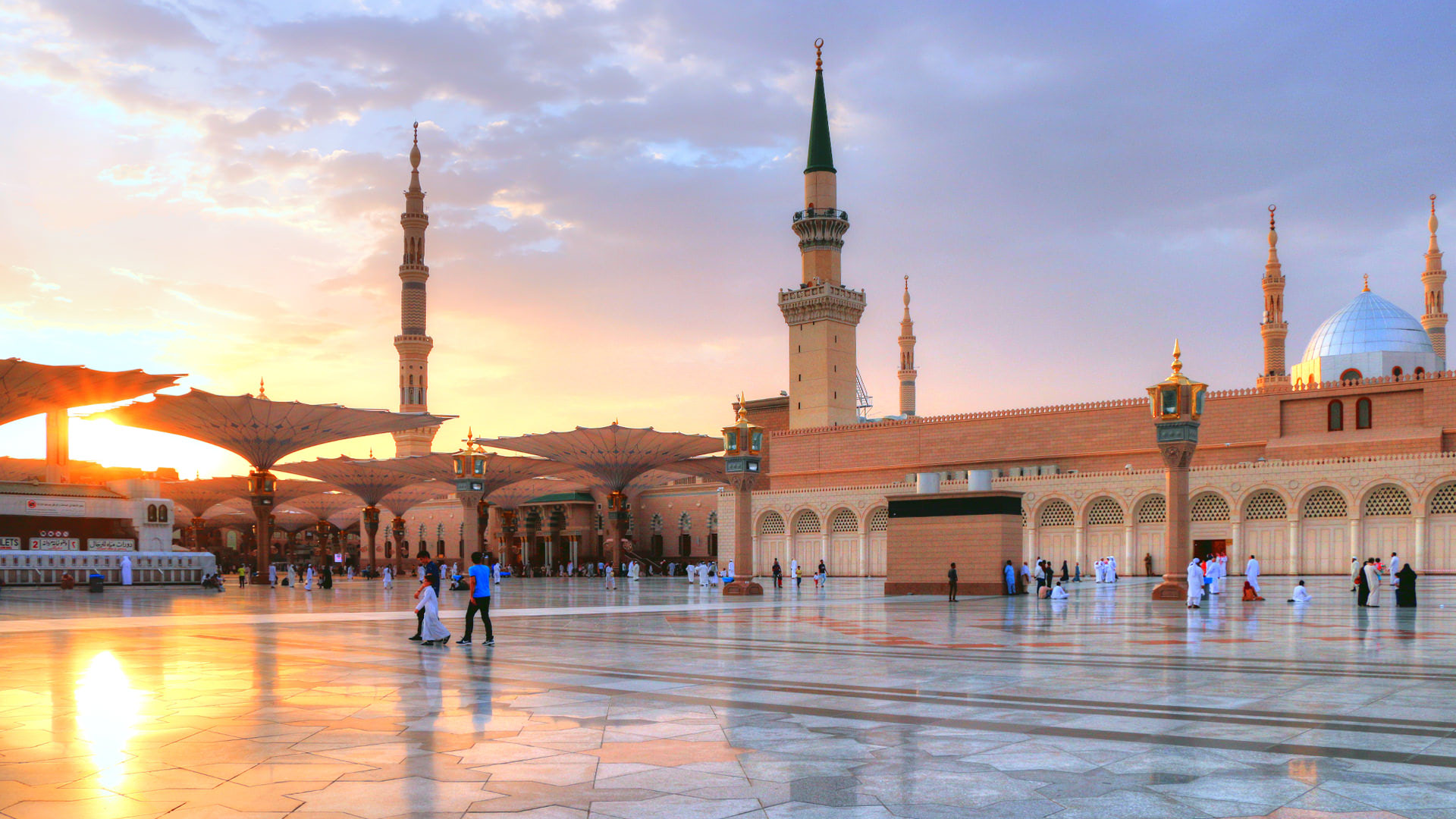By the end of the 11th century, the city had spread across the Darro to reach the hill of the future Alhambra, and included the Albaicín neighborhood (now a World Heritage site).
In 1228, with the departure of the Almohad prince Idris al-Ma’mun, who left Iberia to take the Almohad leadership, the ambitious Ibn al-Ahmar established the last and longest reigning Muslim dynasty in the Iberian peninsula, the Nasrids.
Ibn Battuta, a famous traveller and an authentic historian, visited the Kingdom of Granada in 1350. He described it as a powerful and self-sufficient kingdom in its own right, although frequently embroiled in skirmishes with the Kingdom of Castile. In his journal, Ibn Battuta called Granada the “metropolis of Andalusia and the bride of its cities.”
During the Moor rule, Granada was a city with adherents to many religions who lived in separate quarters. During this Nasrid period there were 137 Muslim mosques in the Medina (city) of Granada.
On 2 January 1492, the last Muslim ruler in Iberia, Emir Muhammad XII, known as “Boabdil” to the Spanish, surrendered complete control of the Emirate of Granada to the Catholic Monarchs (Ferdinand II of Aragon and Isabella I of Castile), after the last episode of the Granada War.


